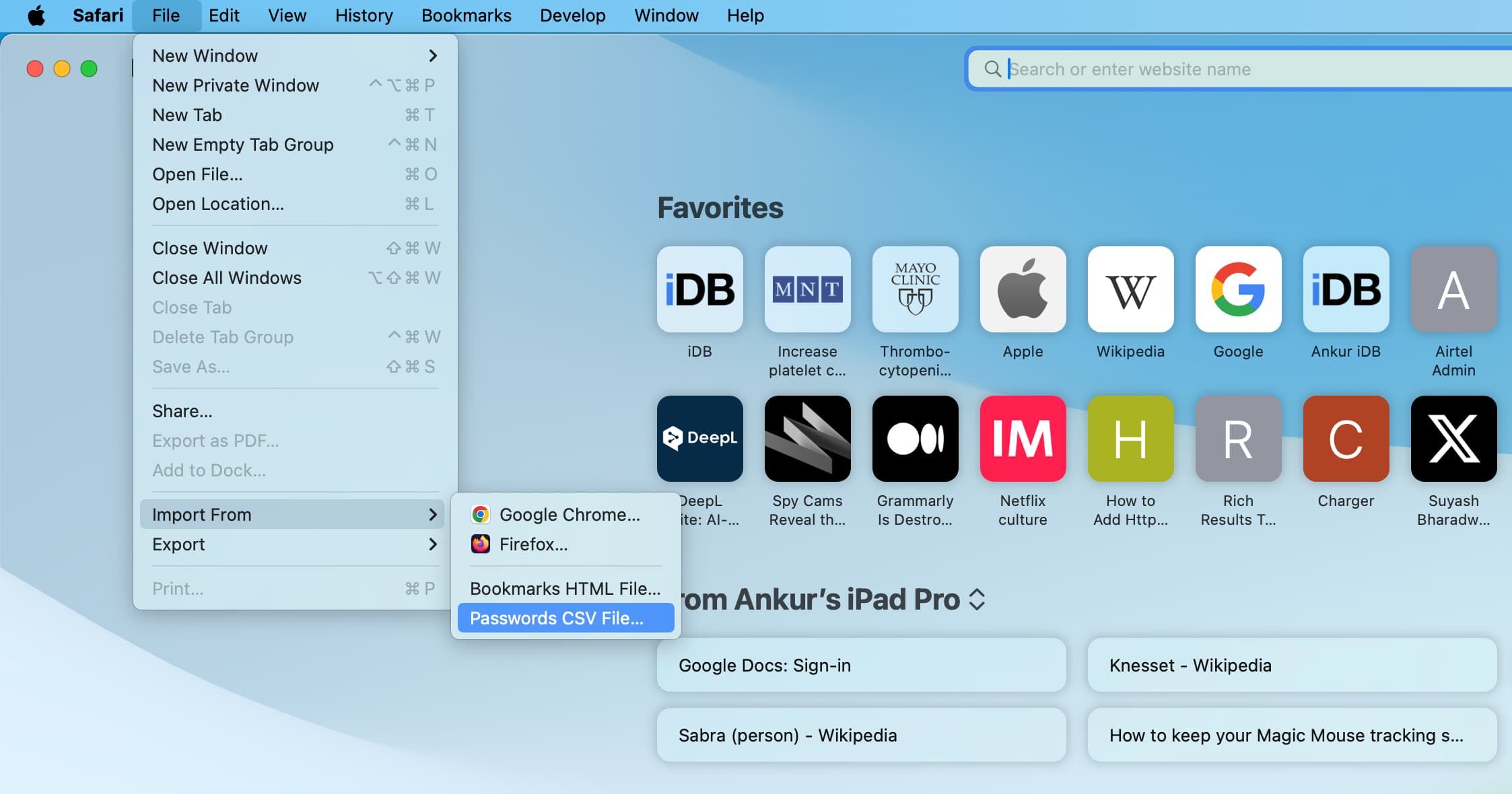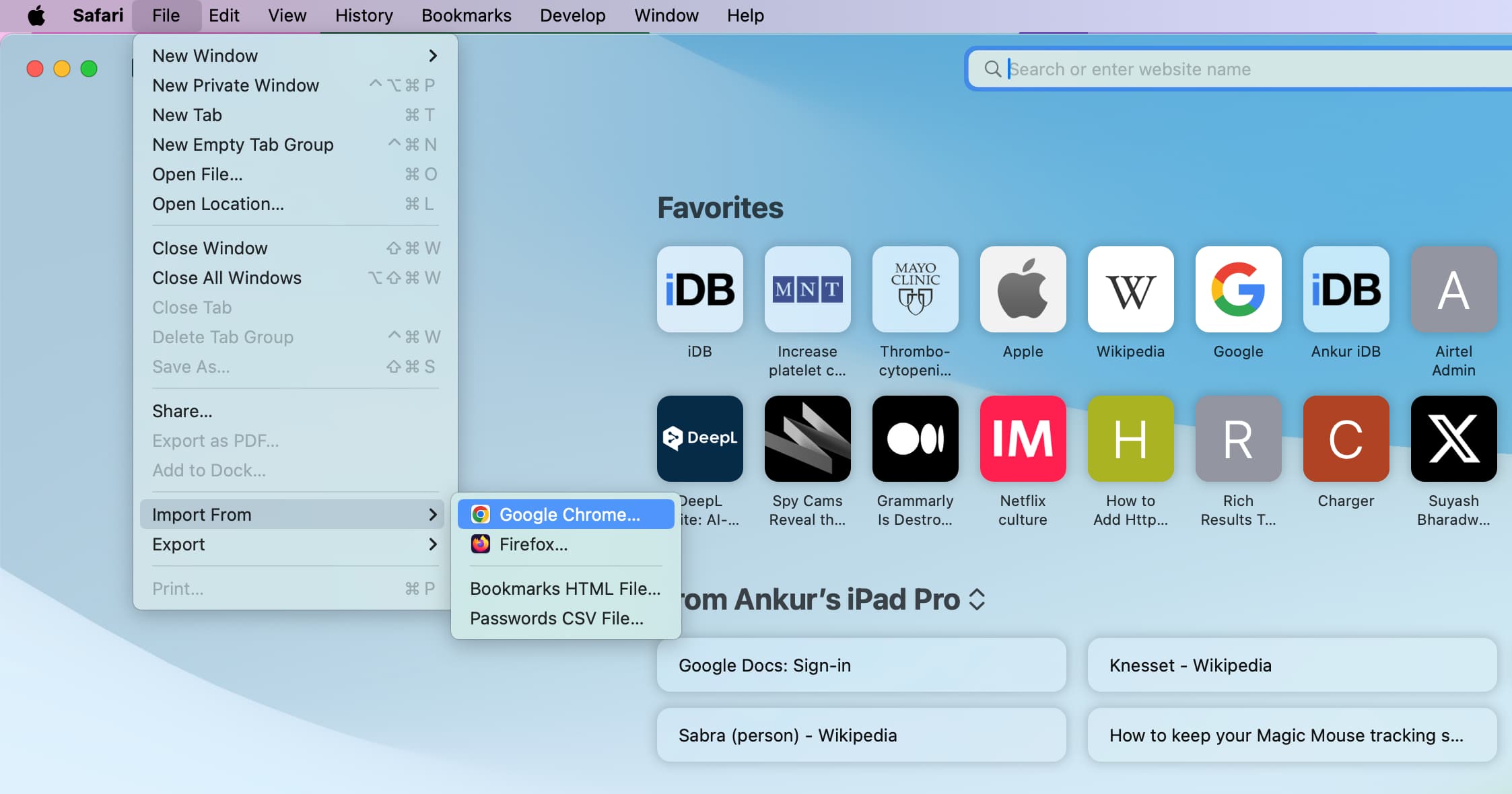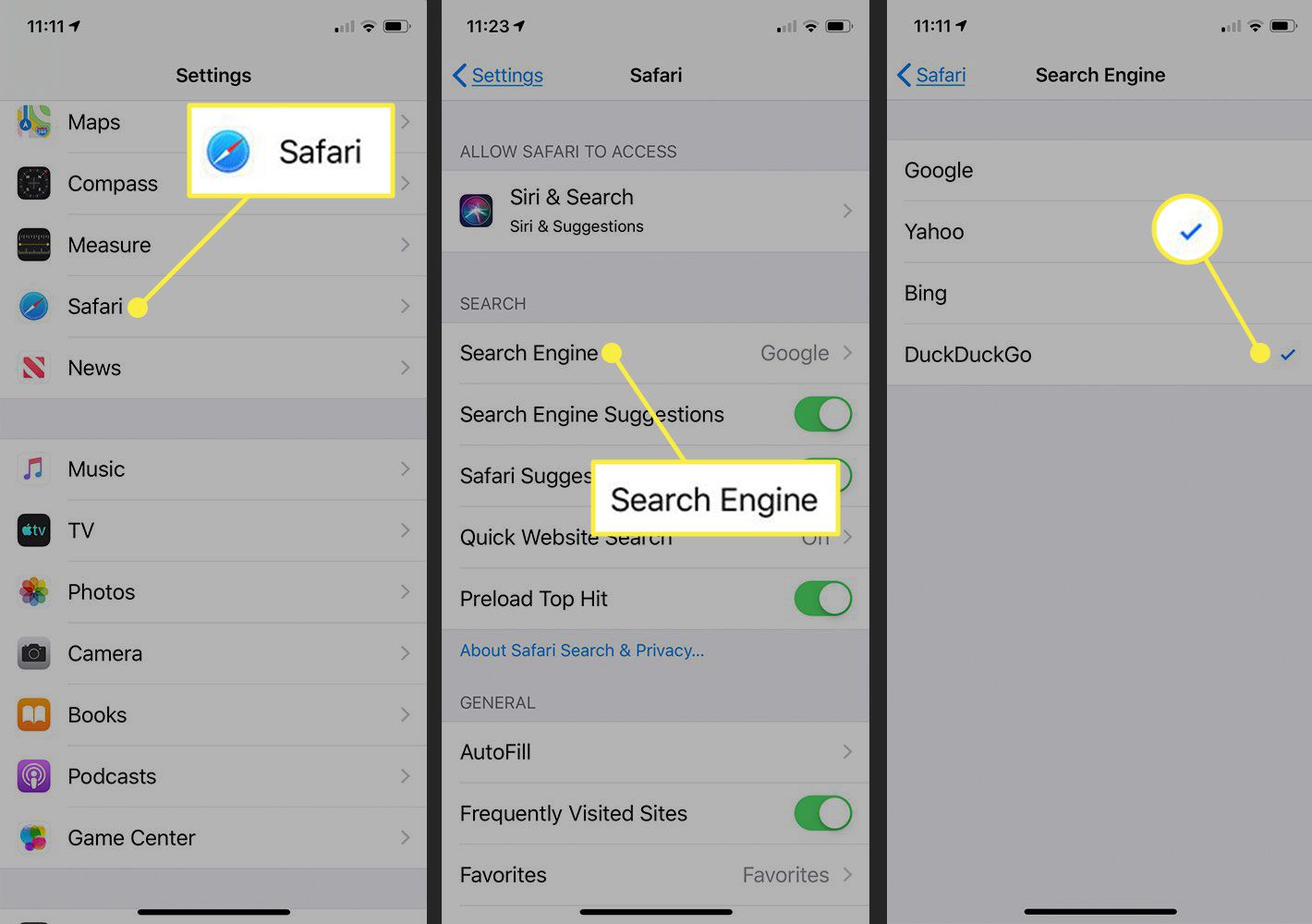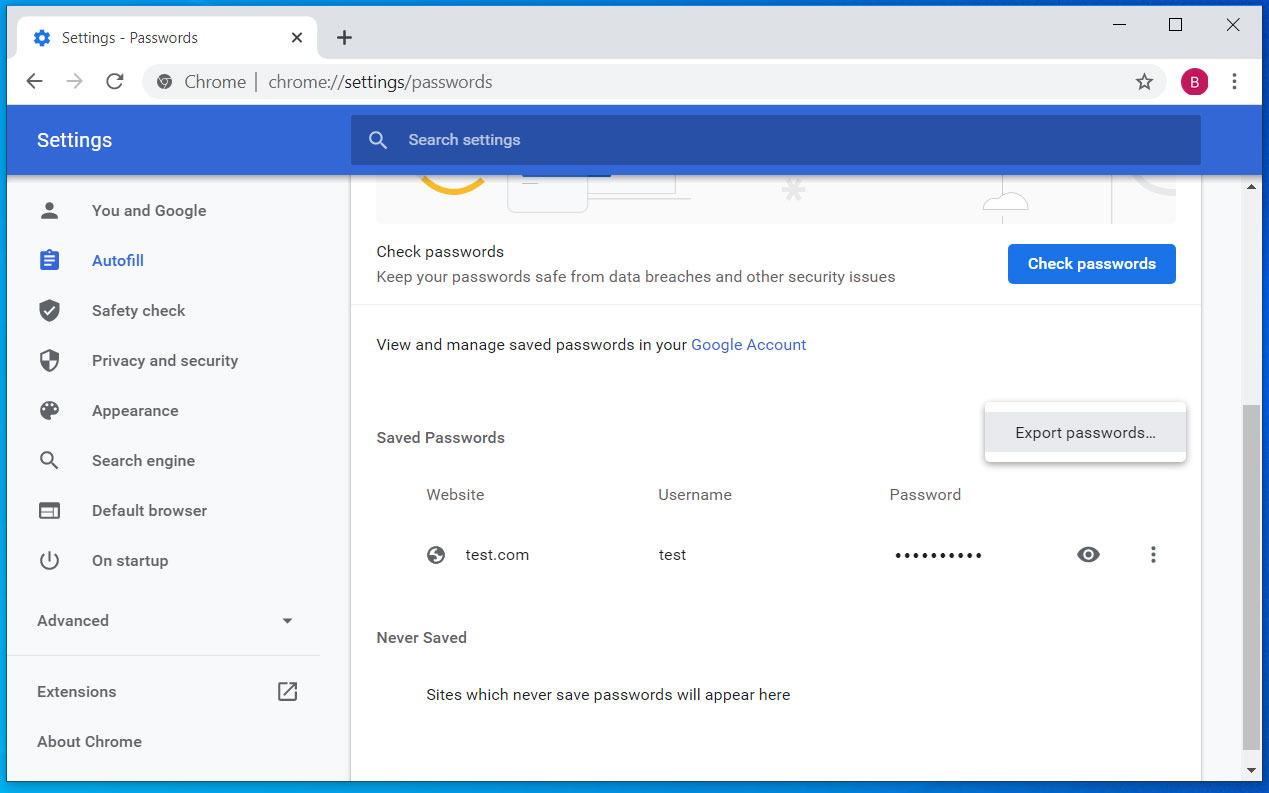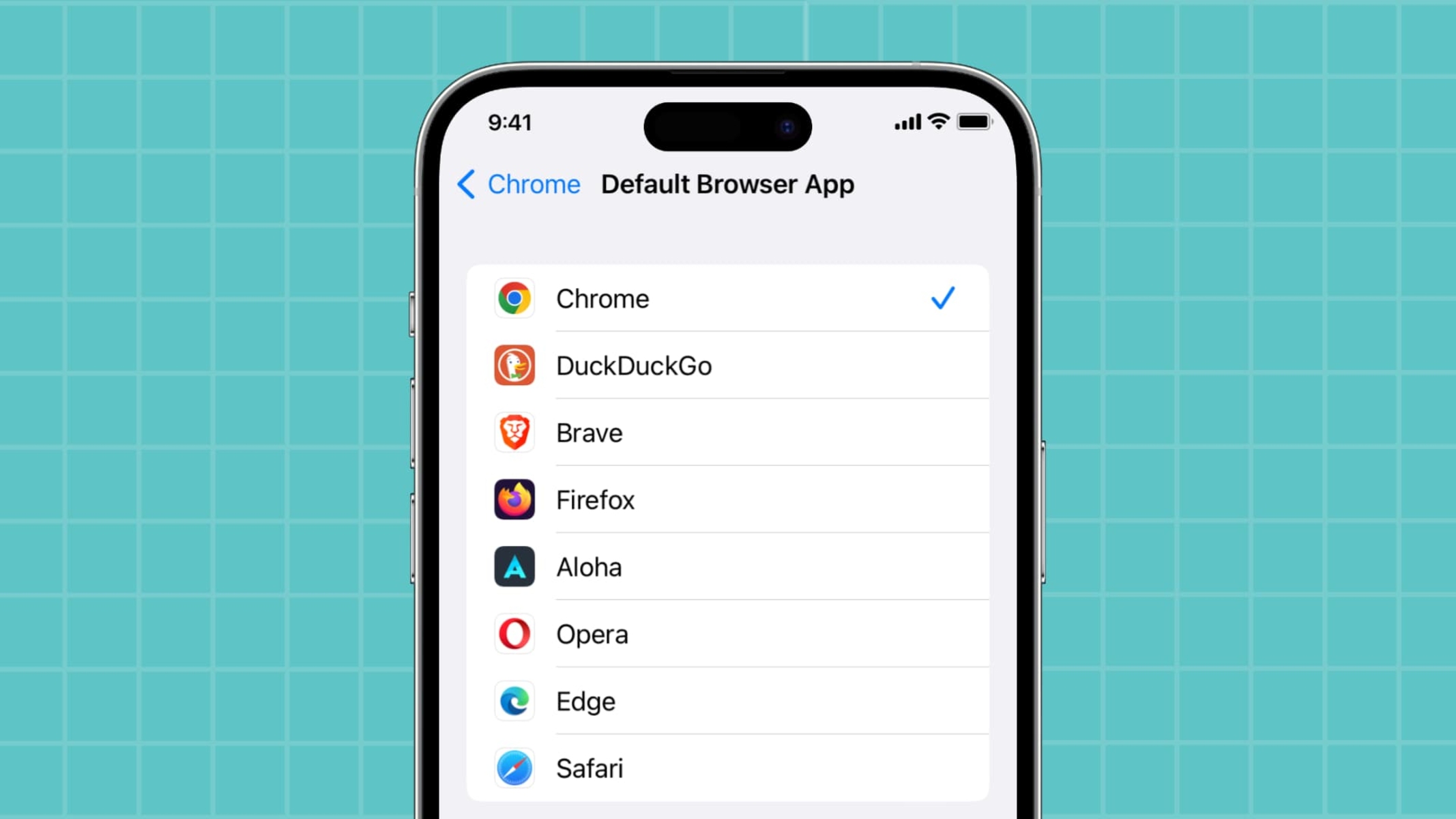Introduction
Transferring passwords from one browser to another can be a seamless process when migrating from Chrome to Safari. As users explore different browsers, they may find the need to switch their primary browser or use multiple browsers for various purposes. In such scenarios, the ability to transfer passwords becomes crucial for maintaining a smooth browsing experience.
Chrome and Safari are two widely used web browsers, each offering unique features and functionalities. While Chrome is known for its extensive customization options and seamless integration with Google services, Safari is favored for its sleek interface and seamless synchronization with Apple devices. When users decide to transition from Chrome to Safari, they often seek a convenient method to transfer their saved passwords to the new browser.
In this guide, we will explore the step-by-step process of transferring passwords from Chrome to Safari. By following these instructions, users can seamlessly migrate their login credentials and ensure a smooth transition to Safari without the hassle of manually re-entering each password.
Let's delve into the process of exporting passwords from Chrome and importing them into Safari, enabling users to effortlessly access their saved credentials across browsers. Whether it's for the sake of convenience or a shift in preference, the ability to transfer passwords ensures a seamless browsing experience across different platforms.
Step 1: Exporting Passwords from Chrome
Transferring passwords from Chrome to Safari begins with exporting the saved login credentials from the Chrome browser. Chrome offers a built-in feature that allows users to export their saved passwords in a secure and accessible format. By following these steps, users can obtain a file containing their passwords, which can then be imported into Safari for seamless access to their login credentials.
-
Open Chrome Settings: Start by opening the Chrome browser on your computer and clicking on the three-dot menu icon located in the top-right corner of the window. From the dropdown menu, select "Settings" to access the browser's settings and customization options.
-
Navigate to Passwords: Within the Settings menu, scroll down and click on "Passwords" under the "Autofill" section. This will direct you to the password management interface, where all saved login credentials are stored.
-
Access Password Export Option: In the Passwords section, locate the "Export passwords" option. Clicking on this option will prompt a confirmation dialog to ensure the security of the exported passwords.
-
Authenticate Export: For security purposes, Chrome will require user authentication before allowing the export of passwords. You may be prompted to enter your computer's login credentials or use biometric authentication, such as fingerprint or face recognition, depending on your device's settings.
-
Save Password File: After successful authentication, Chrome will initiate the export process and generate a file containing all saved passwords. Choose a secure location on your computer to save this file, ensuring that it is easily accessible when proceeding to import the passwords into Safari.
By following these steps, users can effectively export their saved passwords from Chrome, preparing them for the next phase of the process: importing the passwords into the Safari browser. This seamless transition ensures that users can retain access to their login credentials across browsers, streamlining their browsing experience without the need to manually re-enter each password.
Step 2: Importing Passwords to Safari
After successfully exporting passwords from Chrome, the next crucial step is to import these saved credentials into the Safari browser. Safari provides a seamless method for importing passwords, allowing users to effortlessly transfer their login information from Chrome and access it within the Safari ecosystem. By following the steps outlined below, users can ensure a smooth transition of their passwords, enabling convenient access to their accounts across browsers.
-
Open Safari Preferences: Begin by launching the Safari browser on your device and accessing the browser's preferences. This can be done by clicking on "Safari" in the top menu bar and selecting "Preferences" from the dropdown menu. Alternatively, you can use the keyboard shortcut "Command + ," to directly access Safari's preferences.
-
Navigate to Passwords Tab: Within the Safari Preferences window, navigate to the "Passwords" tab. This section houses all the password management settings and provides the option to import saved passwords from an external file, such as the one exported from Chrome.
-
Authenticate Import Process: To ensure the security of the imported passwords, Safari may prompt for user authentication. Depending on your device settings, you may be required to enter your system login credentials or utilize biometric authentication methods, such as Touch ID or Face ID, to proceed with the import process.
-
Import Password File: Locate and select the file containing the exported passwords from Chrome. Safari will initiate the import process, parsing the file and extracting the saved login credentials. Once the import is complete, Safari will display a confirmation message, indicating that the passwords have been successfully added to the browser's password manager.
-
Verify Imported Passwords: After importing the passwords, it is advisable to verify their presence within Safari's password manager. Navigate to websites or platforms where you have saved login credentials and confirm that Safari is auto-filling the respective usernames and passwords, reflecting the successful import of your Chrome passwords.
By following these steps, users can seamlessly import their saved passwords from Chrome into the Safari browser, ensuring a smooth transition of their login credentials. This streamlined process eliminates the need to manually re-enter each password, providing convenience and continuity in accessing accounts across different browsers.
The ability to transfer passwords between browsers empowers users to explore alternative platforms without the burden of reconfiguring their login information. Whether transitioning to Safari for its integration with Apple devices or simply diversifying browsing experiences, the seamless transfer of passwords enhances user convenience and accessibility across the digital landscape.
Conclusion
In conclusion, the process of transferring passwords from Chrome to Safari offers users a seamless transition between browsers, ensuring the continuity of their browsing experience without the inconvenience of re-entering login credentials. By following the step-by-step guide outlined in this article, users can effectively export their saved passwords from Chrome and import them into Safari, enabling convenient access to their accounts across different platforms.
The ability to transfer passwords between browsers not only streamlines the migration process but also empowers users to explore alternative browsers without the burden of reconfiguring their login information. This flexibility is particularly valuable for individuals who may be transitioning from Windows-based systems to Apple devices, as Safari's seamless integration with the Apple ecosystem makes it a compelling choice for many users.
Furthermore, the process of transferring passwords underscores the importance of data security and user convenience. With the increasing emphasis on digital privacy and secure authentication, the ability to securely transfer passwords between browsers aligns with the evolving needs of users in today's digital landscape. By leveraging built-in features within Chrome and Safari, users can ensure that their login credentials are transferred in a secure and efficient manner, mitigating the risk of unauthorized access to their accounts.
As the digital ecosystem continues to evolve, the seamless transfer of passwords between browsers reflects the ongoing efforts to enhance user experience and data portability. Whether driven by personal preference, device compatibility, or the desire to explore diverse browsing environments, the ability to transfer passwords reinforces the user's autonomy in navigating the digital realm.
In essence, the process of transferring passwords from Chrome to Safari embodies the convergence of user convenience, data security, and technological adaptability. By embracing the seamless transfer of login credentials, users can navigate the digital landscape with confidence, knowing that their browsing experience remains uninterrupted and their data remains secure across different platforms.







